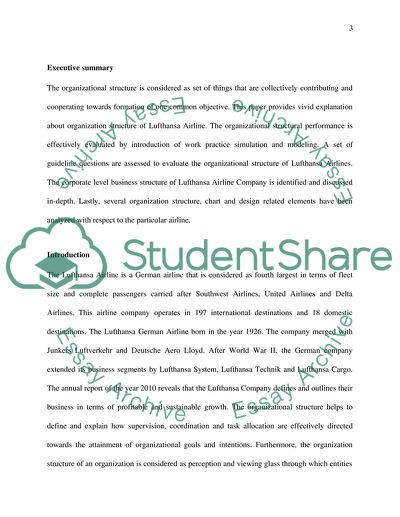Cite this document
(Lufthansa Airline Corporative Culture Research Paper, n.d.)
Lufthansa Airline Corporative Culture Research Paper. Retrieved from https://studentshare.org/human-resources/1878558-organizational-culture-report-air-arabia-airlines
Lufthansa Airline Corporative Culture Research Paper. Retrieved from https://studentshare.org/human-resources/1878558-organizational-culture-report-air-arabia-airlines
(Lufthansa Airline Corporative Culture Research Paper)
Lufthansa Airline Corporative Culture Research Paper. https://studentshare.org/human-resources/1878558-organizational-culture-report-air-arabia-airlines.
Lufthansa Airline Corporative Culture Research Paper. https://studentshare.org/human-resources/1878558-organizational-culture-report-air-arabia-airlines.
“Lufthansa Airline Corporative Culture Research Paper”, n.d. https://studentshare.org/human-resources/1878558-organizational-culture-report-air-arabia-airlines.


